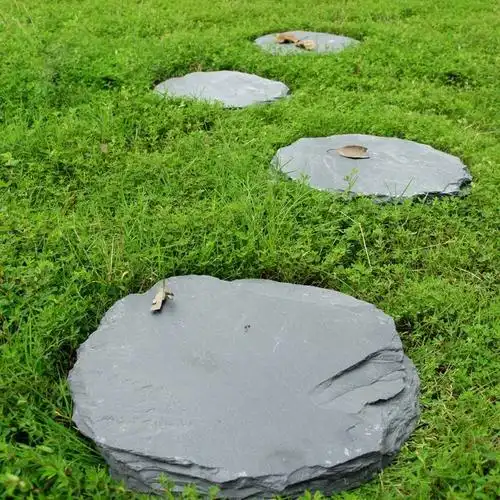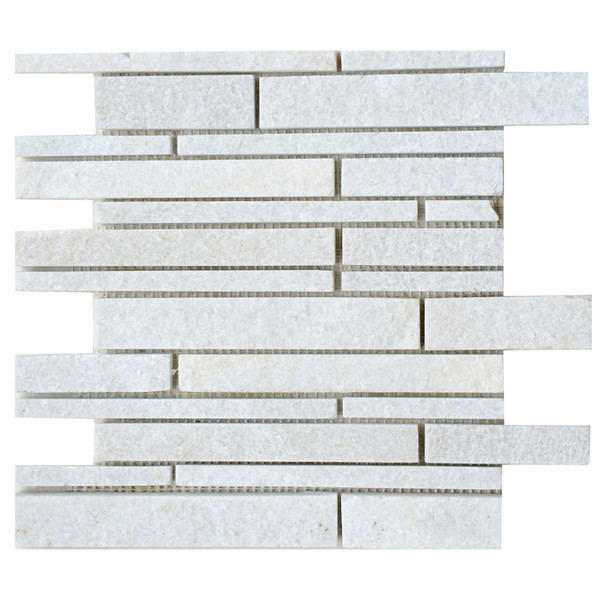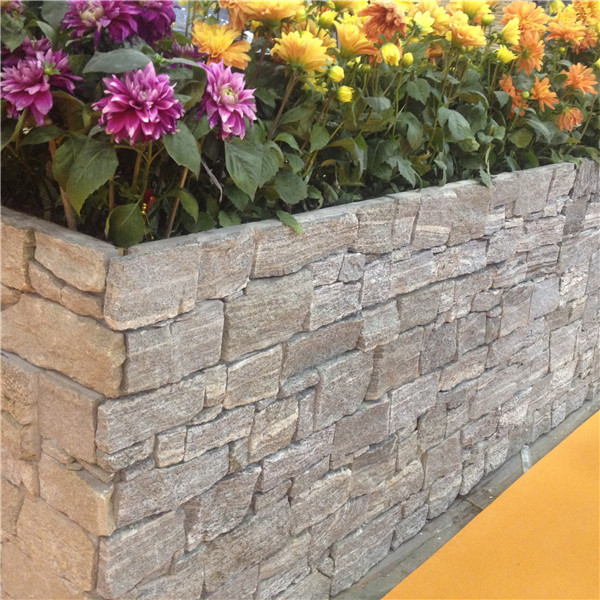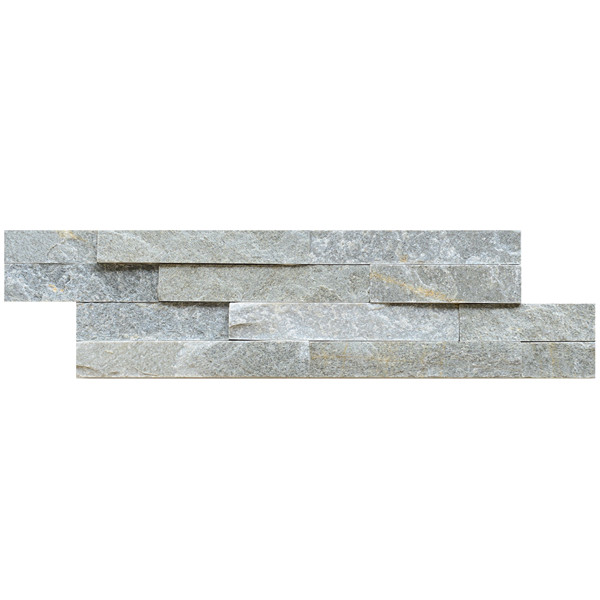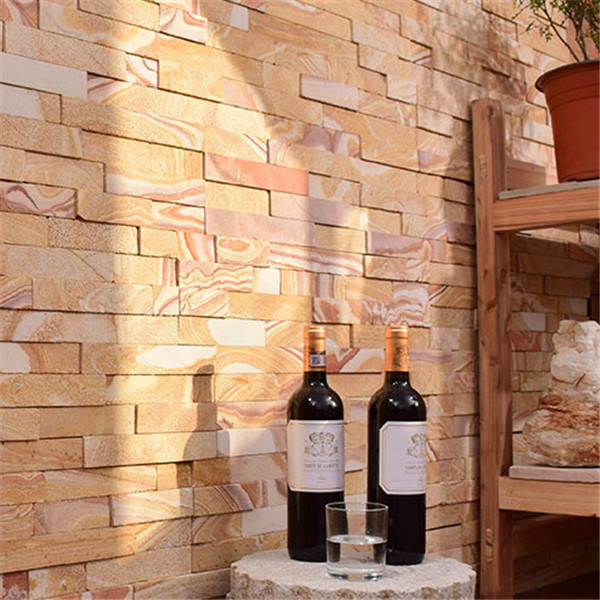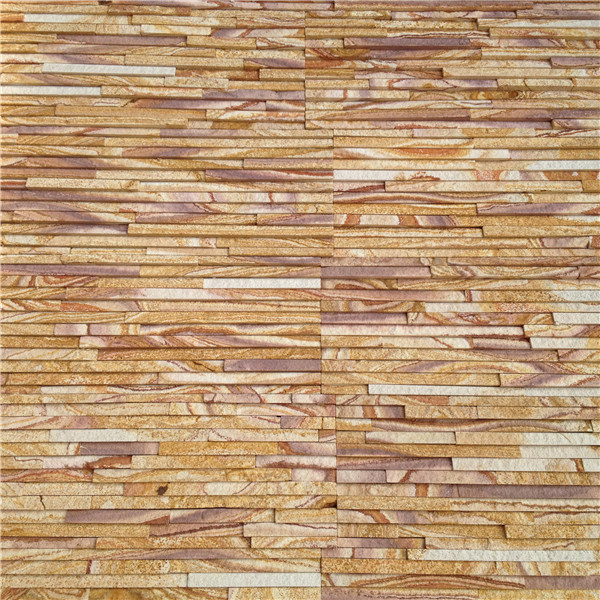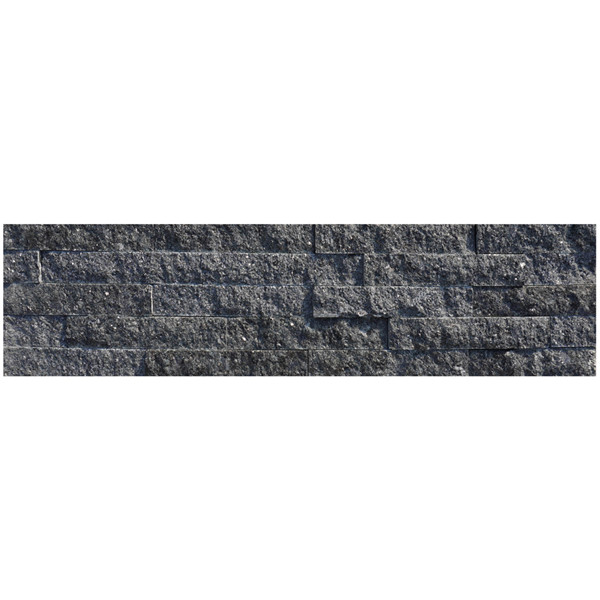Table of Contents
Toggle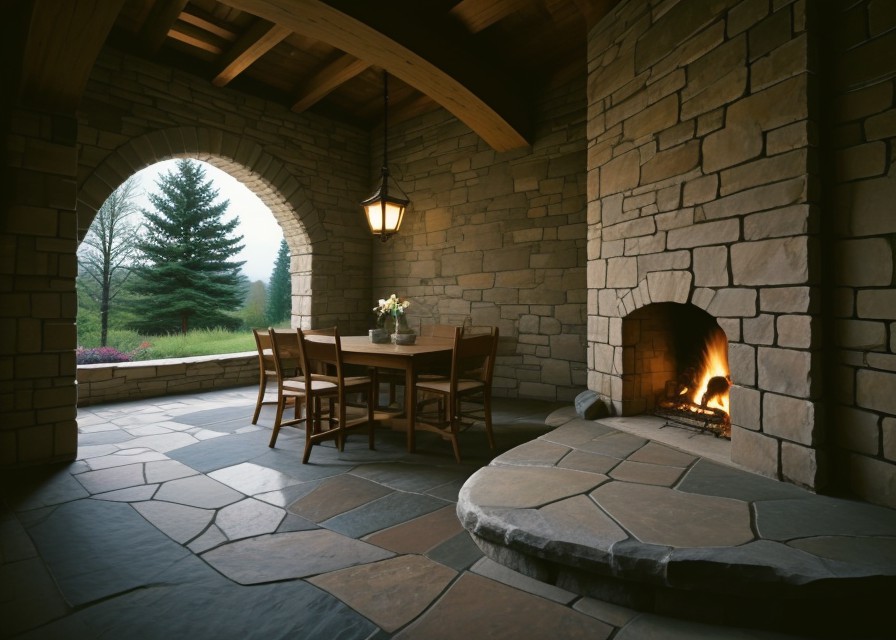
Introduction
Cultured stone, also known as manufactured stone, has become a cornerstone (pun intended) of modern architecture and design. It mimics the appearance of natural stone but offers a plethora of advantages that have made it a popular choice among builders, architects, and homeowners alike. But what exactly is cultured stone, and why has it gained such traction? Let’s delve into the fascinating world of cultured stone to understand its significance.
History of Cultured Stone
The origins of cultured stone date back to the mid-20th century when innovators sought a more affordable and versatile alternative to natural stone. Initially, the technology was rudimentary, but over the years, advancements have made cultured stone almost indistinguishable from its natural counterpart.
Early Innovations
The early stages of cultured stone involved basic molds and simple concrete mixtures. The primary goal was to create a product that could serve as a cost-effective substitute for natural stone, which was often expensive and labor-intensive to quarry and transport. The initial attempts were functional but lacked the intricate details and durability that modern cultured stones possess.
Technological Advancements
As technology progressed, so did the methods for producing cultured stone. The introduction of iron oxide pigments allowed manufacturers to replicate the natural hues and tones of various stones. Additionally, improved mold-making techniques enabled the capture of finer textures and details. These advancements have made it possible for cultured stone to closely mimic the appearance of natural stone, making it difficult to distinguish between the two at first glance.
Milestones in Cultured Stone Development
Significant milestones in the development of cultured stone include the adoption of lightweight aggregates, which reduced the weight of the final product without compromising its strength. This innovation made cultured stone easier to handle and install. Another major milestone was the development of high-performance sealants and coatings that enhanced the durability and longevity of cultured stone, making it more resistant to weathering and environmental factors.
Types of Cultured Stone
Cultured stone comes in various types, each with unique characteristics suited for different applications.
Veneer Stone
Veneer stone is thin and lightweight, making it perfect for wall coverings. It’s typically used for interior applications where weight and ease of installation are crucial considerations. Veneer stone can be applied directly to drywall or other surfaces using adhesives, making it an ideal choice for DIY projects.
Manufactured Stone
Manufactured stone offers more variety in textures and colors, ideal for custom designs. This type of cultured stone is created using molds taken from natural stones, ensuring that each piece has a unique and realistic appearance. Manufactured stone is versatile and can be used for both interior and exterior applications, from fireplace surrounds to exterior facades.
Cast Stone
Lastly, cast stone is often used in architectural details like columns and balustrades due to its ability to be molded into intricate shapes. Cast stone is made from a mixture of fine aggregates, cement, and pigments, allowing it to achieve a smooth and refined finish. It’s commonly used in historical restorations and high-end architectural projects where precision and detail are paramount.
Benefits of Using Cultured Stone
One of the primary benefits of cultured stone is its cost-effectiveness. Unlike natural stone, which can be expensive and difficult to source, cultured stone is more affordable and readily available. Its versatility in design allows it to be used in a wide range of settings, from rustic to modern aesthetics.
Cost-Effectiveness
Cultured stone provides a budget-friendly alternative to natural stone without sacrificing aesthetic appeal. The production process allows for consistent quality and uniformity, reducing waste and lowering costs. Additionally, the lightweight nature of cultured stone reduces transportation expenses and simplifies installation, further contributing to its cost-effectiveness.
Versatility in Design
The wide range of textures, colors, and styles available in cultured stone makes it a versatile choice for various design applications. Whether you’re aiming for a rustic cabin look or a sleek modern aesthetic, there’s a cultured stone product that can meet your design needs. The ability to customize shapes and sizes also allows for unique architectural details that would be difficult or costly to achieve with natural stone.
Durability and Longevity
Cultured stone is incredibly durable and long-lasting, often outlasting natural stone in certain conditions. Advances in manufacturing techniques have resulted in products that are resistant to chipping, cracking, and fading. High-quality sealants and coatings provide additional protection against moisture, UV rays, and temperature fluctuations, ensuring that cultured stone retains its beauty over time.
Applications of Cultured Stone
The applications of cultured stone are vast and varied.
Interior Design
In interior design, cultured stone can be used for accent walls, fireplaces, and kitchen backsplashes, adding a touch of elegance and texture to any space.
Accent Walls
An accent wall made of cultured stone can serve as a focal point in any room. The rich textures and natural hues create visual interest and add depth to the space. Whether you choose a rugged fieldstone look or a sleek stacked stone design, an accent wall can transform an ordinary room into a stunning showcase.
Fireplaces
A fireplace clad in cultured stone exudes warmth and charm. The natural look of the stone enhances the cozy ambiance of a living room or den. Cultured stone is also heat-resistant, making it a safe and durable choice for fireplace surrounds.
Kitchen Backsplashes
A cultured stone backsplash adds texture and character to a kitchen. The variety of colors and patterns available allows you to create a custom look that complements your cabinetry and countertops. The durability of cultured stone ensures that it can withstand the rigors of kitchen use while maintaining its beauty.
Exterior Facades
For exterior facades, cultured stone provides a sturdy and attractive option that enhances curb appeal.
Home Exteriors
Cladding your home’s exterior with cultured stone can dramatically improve its appearance. The natural look of the stone blends seamlessly with the surrounding landscape, creating a cohesive and inviting facade. Cultured stone is also weather-resistant, providing long-lasting protection against the elements.
Commercial Buildings
Cultured stone is not limited to residential applications; it’s also popular in commercial building design. Office buildings, retail spaces, and restaurants can all benefit from the aesthetic appeal and durability of cultured stone. The ability to customize colors and textures allows for unique branding opportunities that set your business apart.
Landscaping
It’s also popular in landscaping for features like garden walls, water fountains, and pathways, blending seamlessly with the natural environment.
Garden Walls
Garden walls made of cultured stone add structure and beauty to outdoor spaces. Whether used as retaining walls or decorative borders, they provide a timeless look that enhances any garden design. The variety of available styles allows you to create anything from rustic country walls to elegant formal gardens.
Water Features
Water features like fountains and ponds gain an added layer of sophistication when adorned with cultured stone. The natural look of the stone complements the water’s movement, creating a serene and harmonious outdoor environment.
Pathways
Cultured stone pathways guide visitors through your garden or yard while adding visual interest. The durable nature of cultured stone ensures that your pathways will withstand foot traffic and weather conditions while maintaining their beauty.

Cultured Stone vs. Natural Stone
When comparing cultured stone to natural stone, several factors come into play. Both materials have their own unique advantages and drawbacks, and the choice between the two often depends on the specific needs and preferences of the project.
Cost Comparison
One of the most significant differences between cultured stone and natural stone is cost. Natural stone can be quite expensive due to the labor-intensive quarrying process and the cost of transporting heavy materials. In contrast, cultured stone is generally more affordable because it is manufactured using less expensive materials and processes.
Initial Costs
The initial cost of cultured stone is typically lower than that of natural stone. This is because the raw materials used in manufacturing cultured stone, such as cement and aggregates, are less costly than quarried stone. Additionally, the production process for cultured stone allows for mass production, which further reduces costs.
Long-Term Costs
While the initial cost of cultured stone is lower, it’s also important to consider long-term costs. Cultured stone requires less maintenance than natural stone, which can result in cost savings over time. Natural stone may need regular sealing and repair to maintain its appearance and structural integrity, whereas cultured stone is designed to be more durable and resistant to wear and tear.
Aesthetic Differences
Aesthetically, both cultured stone and natural stone offer unique benefits. Natural stone has an inherent beauty that comes from its unique patterns and textures formed over millions of years. Each piece of natural stone is one-of-a-kind, adding a level of authenticity and charm that is difficult to replicate.
Realism of Cultured Stone
Cultured stone has come a long way in replicating the look of natural stone. Advanced mold-making techniques and high-quality pigments allow cultured stone to mimic the intricate details and color variations found in natural stone. In many cases, it can be challenging to distinguish between high-quality cultured stone and natural stone without close inspection.
Design Flexibility
Cultured stone offers greater design flexibility compared to natural stone. Since it is manufactured, it can be produced in a wide range of colors, shapes, and sizes to suit any design aesthetic. This allows for more creative freedom in architectural and interior design projects. Natural stone, while beautiful, is limited by the availability of specific types and colors in nature.
Maintenance Requirements
Maintenance is another area where cultured stone has an advantage over natural stone. Natural stone can be prone to weathering, erosion, and staining, which requires regular maintenance to preserve its appearance.
Ease of Maintenance
Cultured stone is designed to be low-maintenance. It is resistant to chipping, cracking, and fading, making it an ideal choice for both interior and exterior applications. Regular cleaning with a mild detergent and water is usually sufficient to keep cultured stone looking its best. Applying a sealant every few years can provide additional protection against stains and moisture.
Durability
Both cultured stone and natural stone are durable materials, but they excel in different ways. Natural stone’s durability depends on the type of stone; for example, granite is more durable than limestone. Cultured stone, on the other hand, is engineered to withstand a variety of environmental conditions and is less likely to deteriorate over time.
How Cultured Stone is Made
The manufacturing process of cultured stone involves several key steps that ensure each piece closely resembles natural stone in both appearance and texture.
Materials Used
The primary materials used in the production of cultured stone include cement, lightweight aggregates, and iron oxide pigments. These materials are combined to create a mixture that can be molded into various shapes and textures.
Cement
Cement acts as the binding agent in cultured stone. It provides strength and durability to the finished product. The type of cement used can vary depending on the desired characteristics of the cultured stone.
Aggregates
Lightweight aggregates are added to the cement mixture to reduce the weight of the final product without compromising its strength. Common aggregates include expanded shale, clay, or slate. These materials are chosen for their ability to create a strong yet lightweight product.
Pigments
Iron oxide pigments are used to add color to the cultured stone. These pigments are mixed into the cement and aggregate blend to create a range of natural-looking hues that mimic the appearance of various types of natural stone.
Manufacturing Process
The manufacturing process for cultured stone involves several steps designed to replicate the textures and shapes of natural stone.
Creating Molds
The first step in the manufacturing process is creating molds from natural stones. These molds capture the intricate details and textures of real stones, ensuring that each piece of cultured stone has a realistic appearance.
Mixing Materials
Next, the cement, aggregates, and pigments are mixed together to create a homogeneous blend. This mixture is then poured into the molds, ensuring that it fills all the details captured from the natural stones.
Curing
Once the molds are filled, they are left to cure. Curing allows the cement mixture to harden and gain strength. This process can take several days and may involve controlled environments to ensure optimal curing conditions.
Finishing
After curing, the cultured stones are removed from the molds and inspected for quality. Any excess material or imperfections are trimmed or corrected during this stage. Some manufacturers may also apply sealants or coatings to enhance durability and resistance to environmental factors.
Installation Process
Installing cultured stone is a relatively straightforward process that can be tackled by DIY enthusiasts or professionals alike.
Tools and Materials Needed
Before starting the installation process, gather all necessary tools and materials:
- Mortar
- Trowels (notched and flat)
- Level
- Measuring tape
- Grout
- Spacers
- Sealant (if required)
Step-by-Step Guide
Surface Preparation
Begin by preparing the surface where you will install the cultured stone. The surface should be clean, dry, and free from debris. If installing on drywall or wood surfaces, you may need to apply a moisture barrier or metal lath for better adhesion.
Applying Mortar
Mix the mortar according to the manufacturer’s instructions. Using a notched trowel, apply a scratch coat of mortar to the prepared surface. This initial layer provides a rough texture that helps subsequent layers adhere better.
Placing Stones
Start placing the cultured stones from the bottom up. Apply mortar to the back of each stone using a flat trowel and press it firmly onto the scratch coat. Use spacers to ensure even placement and alignment. Check frequently with a level to maintain a straight line.
Filling Joints
Once all stones are in place, allow the mortar to set according to the manufacturer’s recommendations. After setting, fill in the joints between stones with grout using a grout bag or pointing tool. Smooth out the grout lines for a polished look.
Sealing (Optional)
If desired, apply a sealant to protect your cultured stone installation from moisture and stains. Follow the manufacturer’s instructions for application and drying times.
Maintenance Tips for Cultured Stone
Maintaining cultured stone is a breeze compared to its natural counterpart.
Cleaning Techniques
Regular cleaning with a soft brush and mild detergent will keep your cultured stone looking fresh. Avoid using harsh chemicals or pressure washers as they can damage the surface.
Preventing Damage
To prevent staining, apply a sealant every few years. If you notice any chips or cracks, repair them promptly to avoid further damage. With these simple maintenance tips, your cultured stone will retain its beauty for years to come.
Future Trends in Cultured Stone
The future of cultured stone looks promising with ongoing technological innovations aimed at enhancing its aesthetic appeal and durability.
Technological Innovations
New manufacturing techniques are enabling the creation of even more realistic textures and colors. Advances in 3D printing technology are allowing manufacturers to create highly detailed molds that capture every nuance of natural stones.
Sustainability and Eco-Friendly Options
Sustainability is also becoming a focus in the industry, with eco-friendly options made from recycled materials gaining popularity. As consumers become more environmentally conscious, the demand for green building materials like sustainable cultured stone is expected to grow.




